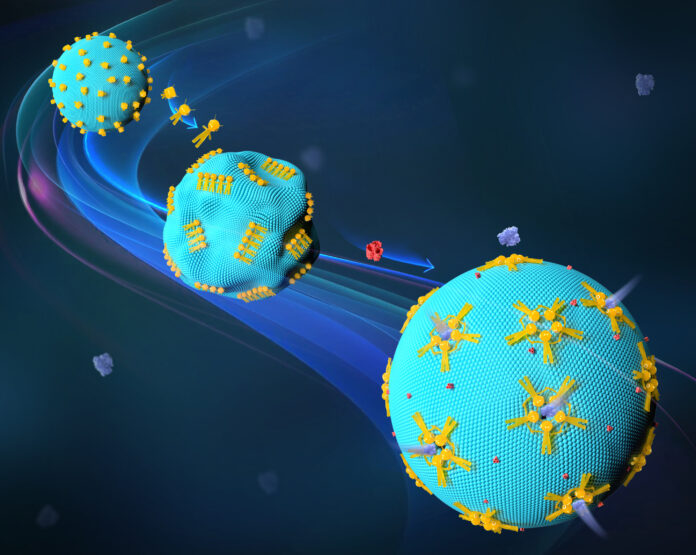In a groundbreaking study, scientists from New York and Ningbo, China, have devised an audacious solution to some of our most daunting challenges: tiny robots made entirely from DNA. These microscopic devices could one day combat cancer cells within the human bloodstream—potentially eliminating the need for invasive surgery—as well as tackle environmental issues by removing toxic waste from our oceans.
A Leap in DNA-Based Nanotechnology
Researchers have successfully engineered nanobots that measure only 100 nanometers across. These minuscule machines could one day be deployed on missions to seek and eliminate cancer cells or to extract pollutants from marine environments. Feng Zhou, a principal investigator from New York University’s Department of Physics and the Chinese Academy of Sciences, explained that these nanoscale devices have the potential to automate repetitive manufacturing tasks with exceptional precision and consistency.
The innovation centers on a novel three-dimensional folding technique that manipulates DNA strands, allowing these nanobots to self-replicate indefinitely—a significant improvement over previous two-dimensional methods. Zhou emphasized that their new approach, which allows for precise multi-axis folding and positioning, paves the way for creating more complex and functional nano- and microdevices.
Andrew Surman, a professor of chemistry and specialist in nanomaterials, remarked on the intricate process involved in assembling these structures. He noted that the correct folding of both synthetic components and biomolecules is critical to their functionality, as errors in folding can render them ineffective.
Building on four decades of advancements in DNA nanotechnology, the team’s work could have far-reaching applications in areas such as nanomedicine, diagnostic sensing, and nanorobotics. Richard Handy of the University of Plymouth in England, who was not involved in the research, highlighted the potential for these nanobots to deliver enzymes or proteins directly to cells, bypassing the cell’s own genetic machinery.
The technology also shows promise for treating genetic disorders, with potential applications for conditions like type 2 diabetes. Zhou envisions a future where these nanomachines can be programmed and controlled by external stimuli like light and heat, enabling the precise construction of biocompatible structures and devices at the nanoscale.
While the potential is immense, there remains a cautionary note reminiscent of science fiction. In his 1986 book “Engines of Creation,” E. Eric Drexler warned of a scenario where self-replicating nanobots could multiply uncontrollably, consuming all available biomass in what he termed the “gray goo” scenario.
Market Outlook and Industry Leaders
The economic potential of nanobot technology is also striking. The market, valued at USD 6.96 billion in 2022, is projected to soar to approximately USD 32.19 billion by 2032. In this expanding field, Nanobots Therapeutics has emerged as a prominent player, having secured over USD 500,000 in investment. The company is pioneering the use of nanobots in cancer treatment, developing candidates like NBT-101 for bladder cancer and NBT-102 for colorectal cancer through its proprietary MotionTx platform.
Conclusion
DNA-based nanorobots represent a transformative advancement with the potential to revolutionize both medical treatments and environmental remediation. Their innovative construction and advanced folding techniques open new possibilities for precise, targeted interventions against diseases such as cancer and for cleaning up environmental pollutants. Coupled with robust market growth and active industrial players, these nanobots are poised to play a crucial role in shaping a future defined by technological innovation and impactful solutions.





